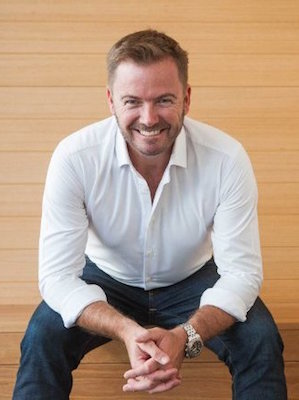
“To me, ideas are worth nothing unless executed. They are just a multiplier. Execution is worth millions… there’s just a tremendous amount of craftsmanship in between a great idea and a great product.” — Steve Jobs
At its core, business means taking ideas and putting them into practice. Given the number of businesses that fail every year, the difficulties are numerous. In many of those cases where businesses fail to thrive, poor implementation plays a large role.
Juggling so many moving parts and people can challenge even the most skilled leaders.
Luckily, implementing ideas becomes easier when a few basic principles form the foundation. From keeping people motivated to knowing when to ask for help, the following steps can tether the process to a style of leadership able to take any idea from inspiration to completion.
1. Motivation and buy-in
Motivation is the key element throughout any implementation process. Motivated people work harder and are more articulate about their desire to achieve set goals.
The key to instilling a healthy sense of motivation is to show how the work relates to people’s own goals and values. If you’re working with a larger team to execute on an idea, some people respond to rewards and others to recognition.
It is important to have a range of options, from simply telling your team that their hard work was noticed to incentives for individual or team accomplishments. This also builds buy-in. Some people will be on board from the start and some get there along the way.
Once buy-in is achieved, keep it fresh with regular check-ins about how things are going.
2. Planning and projects
A sound business or project plan is essential for success. While it may need to be tweaked at times, the plan prevents project drift. Include the larger plan as an ongoing part of the process by reviewing it weekly and using its information to plan daily activities.

Two important things about coming up with a targeted plan:
First, talk to the experts – those who are or will be involved with the project. Their insights into strengths and weaknesses, processes and problems is invaluable. The worst case scenario is spending time and money solving non-existent problems, so learn where things stand before planning to change them.
Second, create a list of tasks by breaking the entire project down into executable steps. Then put someone in charge of each task and hold them accountable for reporting on its progress, problems and successes.
3. Uninterrupted time
Schedule blocks of time with no interruptions. Email, texts, phone calls, instant messages, and knocks on the door are all part of doing business, but they also detract from the quality of thought and creativity that emerges when there are no distractions.
Estimate how many hours of focused work a project will take, break that down into weekly increments and put it on the schedule. This type of focused time makes for fewer mistakes and provides deeper insights into the project as a whole.
4. Visuals
As the project progresses, make visuals to help motivate people. Large thermometers, whiteboards and other displays of progress aren’t just window dressing. Use them in meetings to point out the individual and team successes that brought the project this far.

Ask people what they did to bring it to this point so they can shine. Then point to the next milestone and ask for ideas about how to get there. Ideas elicited from team members have a motivating effect, invite greater buy-in and create greater ownership and accountability.
5. Coaching
The best athletes have coaches. Not because they’re not good at what they do, but so they can be better at it. The focus it takes to succeed can create tunnel vision, making it harder to see the big picture. It is the same in business.
Having a person or group outside of the process to bounce ideas off of and be accountable go helps keep things on track. It can be lonely in business and the pressure to do it right can be intense. Coaching isn’t about preventing failure, it’s about keeping the machine well oiled. Just ask any athlete.
Getting to the home stretch
Shepherding a project from inception to completion is rarely easy. Keeping the team motivated and setting them up for success creates a resiliency that can handle any setback. Getting support throughout the process is essential – and that doesn’t mean waiting until the problems have mounted up. It’s about community and connection forged from strong leadership and motivation.
This article has been edited and condensed.
Rob Nixon, CEO and co-founder of PANALITIX, has 22 years of experience as an advisor to accountants, with clients in over 30 countries. In his current role, Nixon is helping define and execute how PANALITIX’s cloud-based accounting solution software helps thousands of accountants improve their firm’s position across profit, capacity and growth through a connection with the ultimate accountant membership community. With landmark strategies in use by over 16,000 clients in 30 countries, and two bestselling books to his name, “Accounting Practices Don’t Add Up – why they don’t and what to do about it” and “Remaining Relevant – the future of the Accounting profession,” Nixon is the lead speaker at Firm of NOW, an international touring conference that delivers the latest research and thoughts on practical steps and necessary tools needed to create a leading accounting firm. Connect with @panalitix on Twitter.
© YFS Magazine. All Rights Reserved. Copying prohibited. All material is protected by U.S. and international copyright laws. Unauthorized reproduction or distribution of this material is prohibited. Sharing of this material under Attribution-NonCommercial-NoDerivatives 4.0 International terms, listed here, is permitted.





